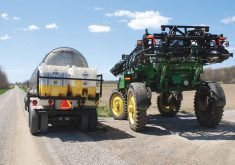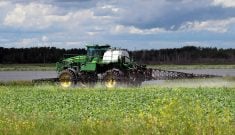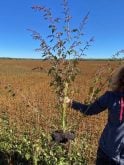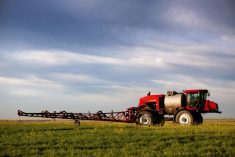Sid Fogg, a mixed grain and cotton farmer near the Arkansas-Tennessee border, said by the time he realized the patches of pigweed (Palmer amaranth) growing in his field were resistant, they had spread out of control.
He tried using a higher rate of glyphosate, but it had no effect. So he switched to another herbicide, but by then the pigweed had grown too tall for it to have much effect. “We spent about $50 an acre on that 400 acres trying to kill the pigweed and I had very little success,” he said.
Read Also

Marking Manitoba’s progress on economic reconciliation and agriculture: National Day Truth and Reconciliation
Manitoba wants to foster agricultural partnerships with Indigenous communities, but there’s still a lot of work to do.
Extension agronomists working with farmers in the region said Fogg’s experience is typical. The farmer notices some weed escapes, but writes them off as sprayer operator error. They reapply, and then realize they have resistance. By then, the weed patch has reached a size that makes it difficult to control with alternative herbicides. So it sets seed.
Fogg estimates he lost half his soybean yield on the severely infested acres. “So where we had the pigweeds, we lost 20 bushels an acre at about $9 a bushel and plus we spent $50 an acre, so it cost me $230 an acre to try to kill these pigweeds.”
Fogg turned to the weed-resistance experts at the University of Arkansas and the newly introduced Liberty Link technology for help. The University of Arkansas has developed a control protocol emphasizing a diversified crop rotation, herbicide combinations, optimum application timing and zero tolerance for weed escapes.
He thinks he’s on his way to having the situation under control. But he said weed control on his farm will never be simple again.
“If I can get the timing right, if I can get the pre-emerge out and get the rain to incorporate the pre-emerge and then spray when the pigweeds are only two and three inches tall, I can do it. But that’s hard to do.”
———
“It cost me $230 an
acre to try to kill these pigweeds.”
– ARKANSAS FARMER SID FOGG



















